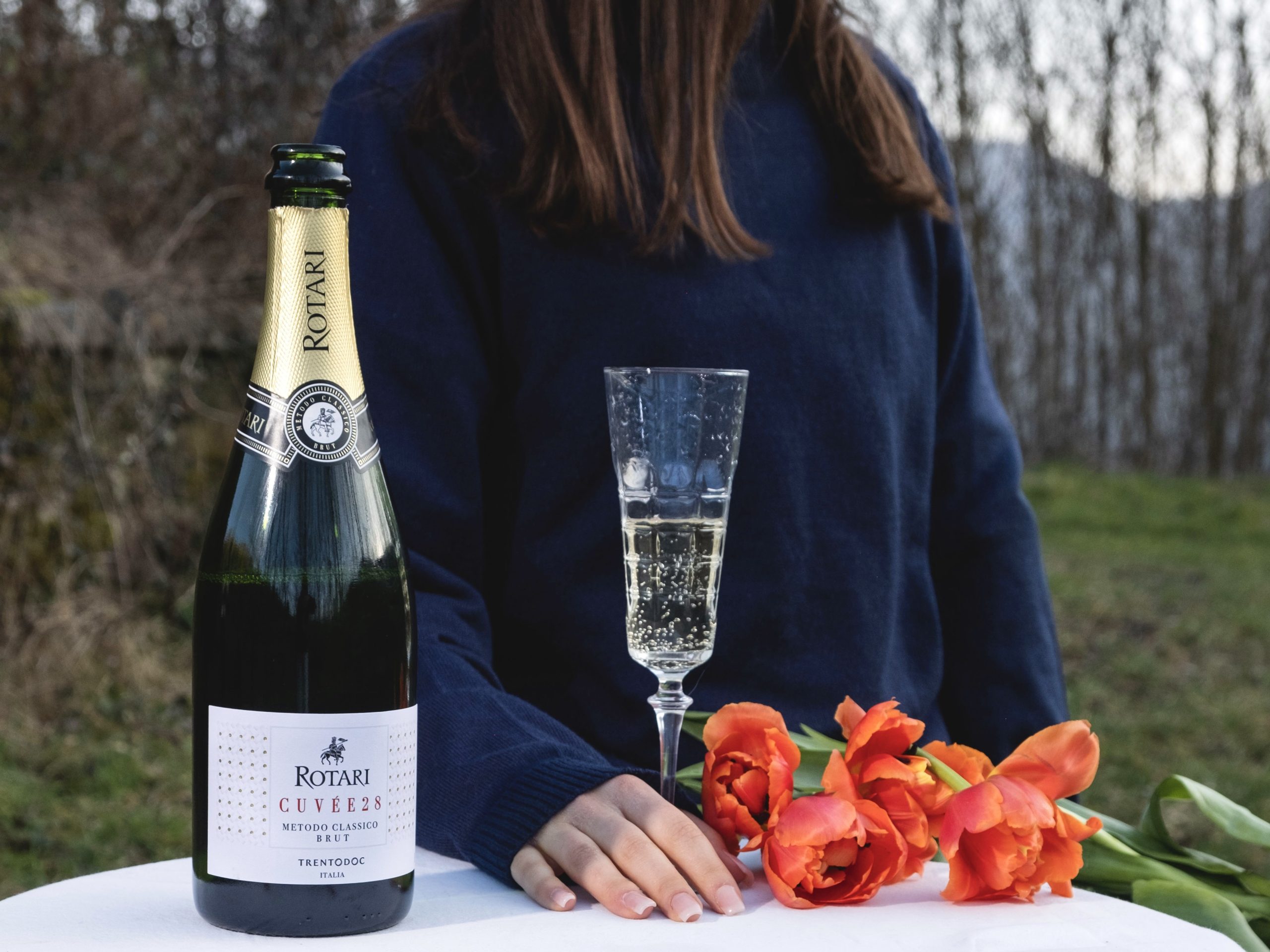Why Ribera del Duero is the ‘Benjamin Button’ of wine regions
Change is coming to Ribera del Duero, with the region’s wines becoming younger, but no less fine, reports Sarah Neish.
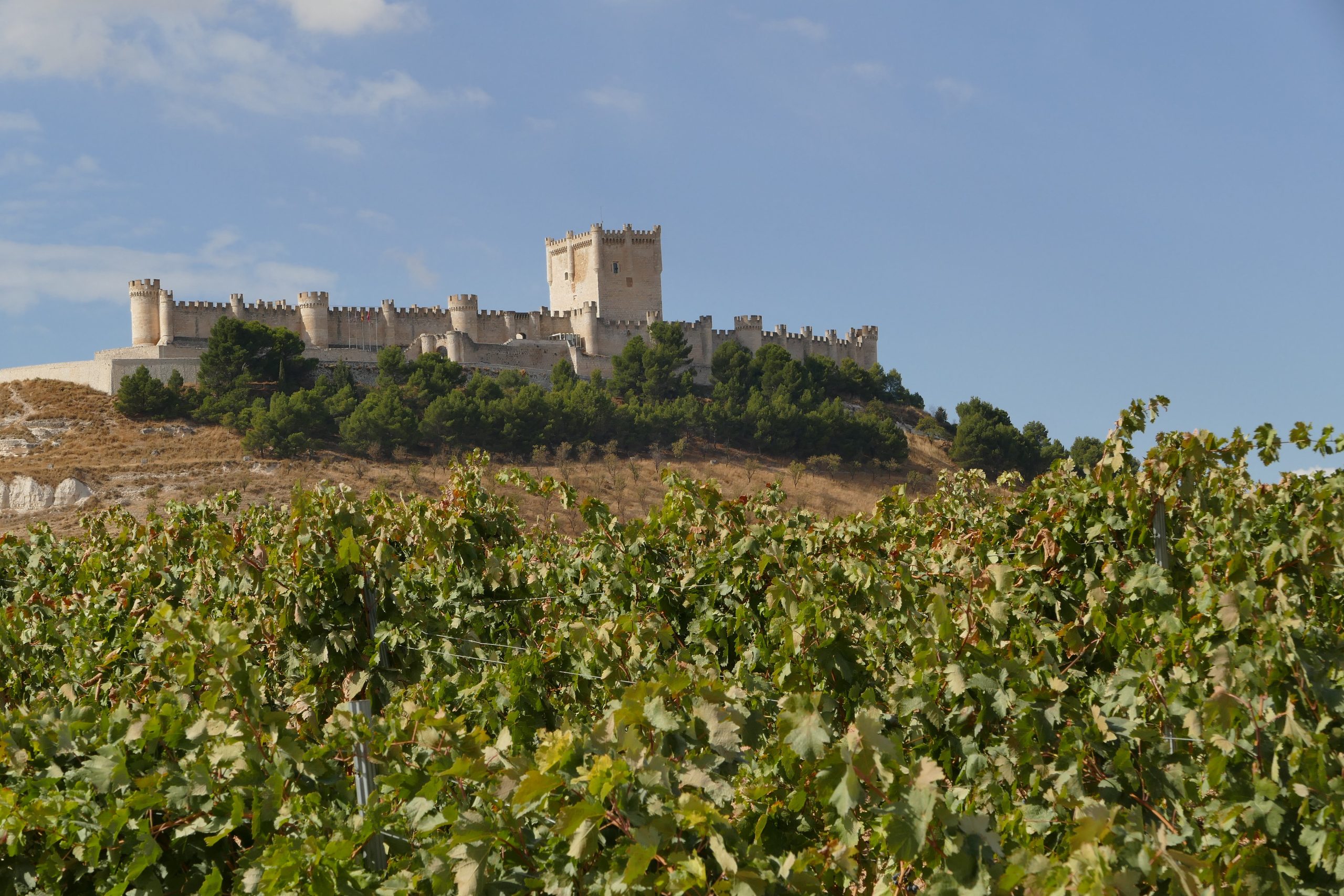
In late October, a new advertising campaign for Ribera del Duero launched in the Spanish media, marking a step-change (and big cojones) from the fine wine region. In contrast to previous campaigns which emphasised “how nice we are in Ribera”, says Pablo Baquera, marketing director for the Consejo, the 20-second TV ad represents a new, unapologetic style of communicating with the consumer. In the advertisement, a young man can be seen ordering a glass of wine at a busy bar.
“My first dart throw didn’t hit the bullseye,” he tells the audience conspiratorially. “In my first relationship, the chemistry wasn’t quite right. And my first wine… was not a Ribera del Duero.”
The implication is that one rarely gets things right the first time, and if you haven’t been drinking Ribera del Duero wines up until now, you’ve probably still got your training wheels on. Is the Consejo worried about provoking the ire of other Spanish wine regions with this insinuation? “I don’t care if it annoys them,” Baquera says cheerfully. “Perhaps they can’t say this kind of thing, but we can.”
Debunking myths
The campaign suggests a new-found confidence radiating from the region. However, if Ribera del Duero wants a new generation of drinkers to take a slightly less circuitous path towards discovering its wines, it’s worth debunking a few myths first.
Perhaps the biggest of these is that a glass of Ribera automatically equates to a beefy, robust, barrel-aged expression. Next up is the idea that the longer the wine has been aged, the better it’s likely to be. It’s true that ageing has always played a key role in the traditional classifications of the DO – two years are required in the cellar for a crianza, three years for a reserva, and five years for a gran reserva. However, one frustration increasingly shared between winemakers in Ribera del Duero is that these ageing requirements have gradually become confused with quality.
“A lot of people in the world think that the crianza, reserva and gran reserva distinctions are a statement of quality,” says Juan de la Vega, general manager of Viña Pedrosa, one of the 10 founding wineries of the Consejo. “But the quality can be the same for all, it’s simply a matter of ageing period.”
If you add to this the fact that, when planted in Ribera del Duero, Tempranillo, the hero grape of the region with 95% of its total plantings, gives highly concentrated tannins, it all feeds into the old narrative that what Ribera wines need above all else is time. Time in the cellar, certainly, and plenty of time in the bottle, after purchase.
“Some of the misunderstandings regarding Ribera wines arise because people are drinking them too early,” says Almudena Alberca MW, technical director of Entrecanales Domecq e Hijos.
“Ribera grapes naturally give a lot of colour and concentrated, firm tannins. It can take a long time to soften these and for the fruit to brighten up.”
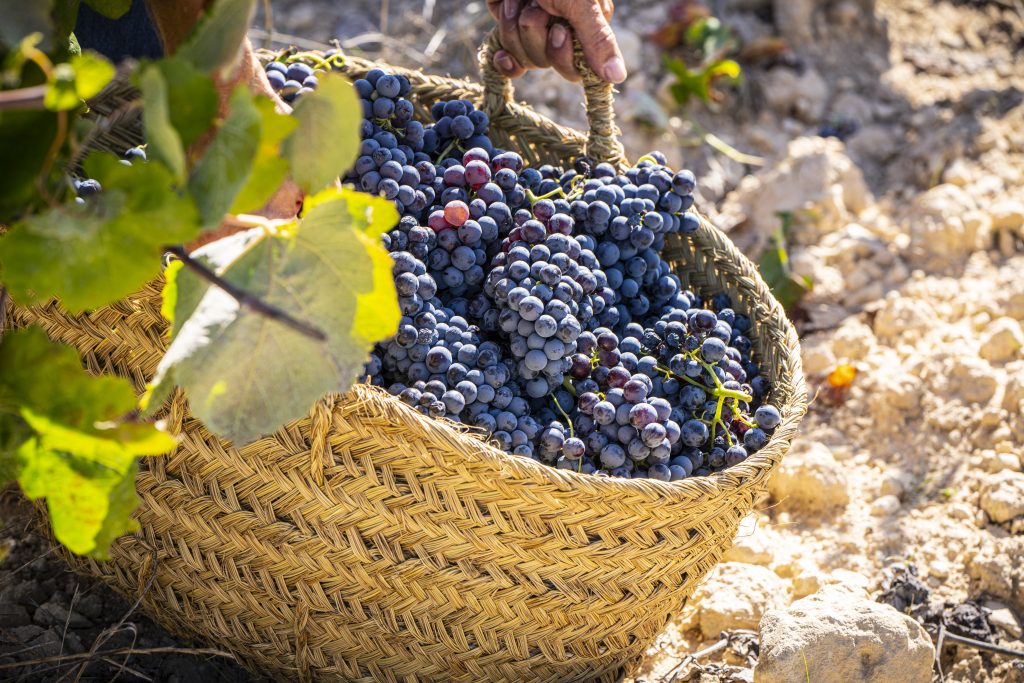
But, despite these legitimate challenges, a new troupe of Ribera winemakers is rejecting the traditional age classifications in favour of producing something more modern, less easily definable, and which can be drunk right away. Remember this word: cosecha.
“Ribera Del Duero has always been known for its classic style. Now it means something you can drink, that you can understand, with a lot of liquorice, black fruit and spiciness,” says Luisa de Paz, export manager for local cooperative Protos. “It’s easy to drink, but if you know about wine then you understand when you taste it that there is a lot of complexity going on.”
Wines sporting a pink back label adorned with the word cosecha can encapsulate anything from young, everyday-drinking wines to the finest expressions from the region, because the term is a catch-all for any wine that exists outside the criteria for the traditional ageing classifications. The deviation could be something as simple as using 500-litre barrels as opposed to the authorised 300-litre barrels, or it could be a wine that has spent less than 12 months in barrel, or housed in concrete instead of wood.
Above all, the cosecha category is a medium for winemakers to shrug off the heavy cape of generations past, leaving them free to experiment. Although cosecha wines have been authorised since the DO’s creation in 1982, more winemakers are starting to adopt them as their calling card.
One rising star leading the way with her cosecha wines is Noelia Callejo, winemaker for producer Félix Callejo, where the maximum ageing time for all but one of the wines is a modest 1.5 years (falling shy of the crianza classification requirement by six months). Callejo takes a more terroir-focused approach, classifying wines by the landscape and soil types found in Sotillo de la Ribera (the town where Félix Callejo is based), from single vineyards down to parajes (individual parcels).
So much more than ageing
“We realised that the potential we have here is so much more than the time spent ageing our wines,” she tells db. “It’s more about the soils and the uniqueness of what we have. We believe more in giving the wines what they need rather than following rules, which year by year is becoming more common among producers in Ribera del Duero.”
Callejo insists that there is room for both approaches “to co-exist within the Consejo” and says that “we are very happy with what we are getting from the wines”.
Another winemaker who doesn’t want his wines gathering dust in a collector’s cellar is Javier Bohórquez, agricultural engineer and owner of Bodegas Bohórquez. “Wines are not for keeping,” he says vehemently. “We’ve done the work for you… the wine has already been kept in the cellar, so it’s ready. Just open it an hour before drinking…”
Paradigm shift
This paradigm shift challenges the perception that many consumers have – justifiably – that you must hang onto a bottle of Ribera wine. And then hang onto it some more. Bringing to mind the film The Curious Case of Benjamin Button, Ribera wines seem to be reverse-ageing, becoming younger and more approachable than their predecessors.
Cynics may well wonder whether the decision by cash-strapped winemakers to abandon long ageing regulations is not only a stylistic preference, but also a financial one. After all, you can turn a profit faster if you don’t have to wait five years to see a return on your investment.
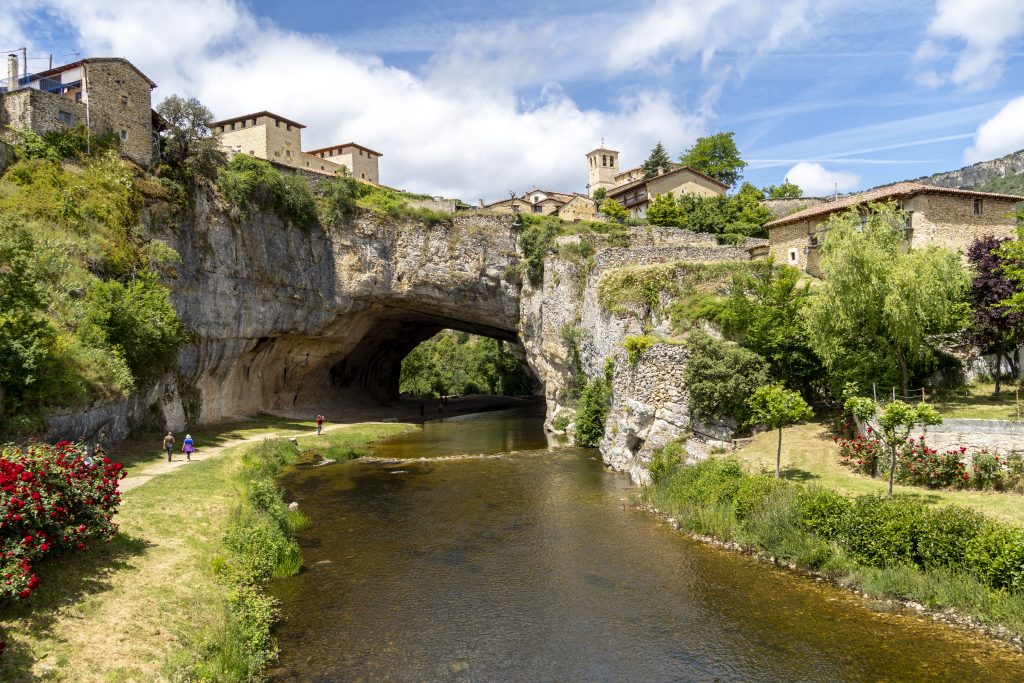
“I don’t think it’s a commercial decision,” says Luisa de Paz of Protos thoughtfully. “Those who choose to make their wine outside the ageing regulations do so because they want the flexibility. They want to do whatever they want, whenever they want.”
Partner Content
That includes, should a winemaker wish, ageing a cosecha wine for a period well in excess of the period required for a gran reserva (the exception to the Benjamin Button theory). Indeed, a Ribera wine sporting the cosecha label rarely means a cheaper bottle, or lower quality, merely a rebellious winemaker – and bottles in this category can retail for €100 or more.
That’s not to say that financial strain isn’t a very real issue for Ribera producers for a number of reasons. Due to the high altitude (up to 1,200m) and inhospitable weather, the region is widely considered one of the most challenging places in the world to make wine. “The climate is hell, only with low temperatures,” says Alberca.
Spa break
For viticulturists, she says, working in Rioja is “like a spa break” compared with Ribera. “If you can make wine in Ribera del Duero you can make wine anywhere. It’s like a badge of honour,” she adds.
In 2017, Ribera winemakers famously lost whole harvests due to the biting frost. Only 55 million kg of grapes were harvested across the whole region. It was, says Alberca, “a disaster. There was literally a fight for grapes between producers…”.
This year, while nowhere near as severe as 2017, frost has also waved its icy hand across the harvest, with Viña Pedrosa telling db it has suffered “about 40% loss” in 2024. Across Ribera del Duero a total of 95m kg of grapes were harvested this year.
Because winegrowing in Ribera requires such specialist skill, companies need deep pockets to pay those on the ground, which can eat into their bottom line. “We have a very high level of viticultural professionals here – more so than in other regions because the climate is so extreme,” continues Alberca. “So there are high prices for specialist viticulturalists, who demand bigger salaries.” Then there’s the risk of losing some or all of your harvest to frost and, even after you pick the grapes, wines need ample time in the cellar to soften the firm tannins.
Rising costs
The rising costs of winemaking in Ribera mean that some producers are turning to side hustles to generate cash. Alvaro Comenge, for example, has been working with the University of Madrid to analyse more than 500 indigenous yeasts from Comenge’s own vineyards.
“Some of these yeasts are very innovative in the world of winemaking,” he says.
Following the in-depth body of research, Comenge is now selling some of these finds to “a multinational yeast company”, including one local yeast marketed as Blizz.
“We get 10% of its sales,” he reveals. Why yeast? “Acidity is always a nightmare in Ribera del Duero, because we have very low acidity, so all producers use tartaric acid (though not all will admit it), and tartaric is very expensive.”
Vineyards too come with a prohibitively high price tag for many. According to Comenge: “If you want to buy a vineyard today in Ribera del Duero, it will cost you around €60,000–€80,000 per hectare if it’s already planted. Or you can get an unplanted vineyard with planting rights for around €25,000 per hectare.”
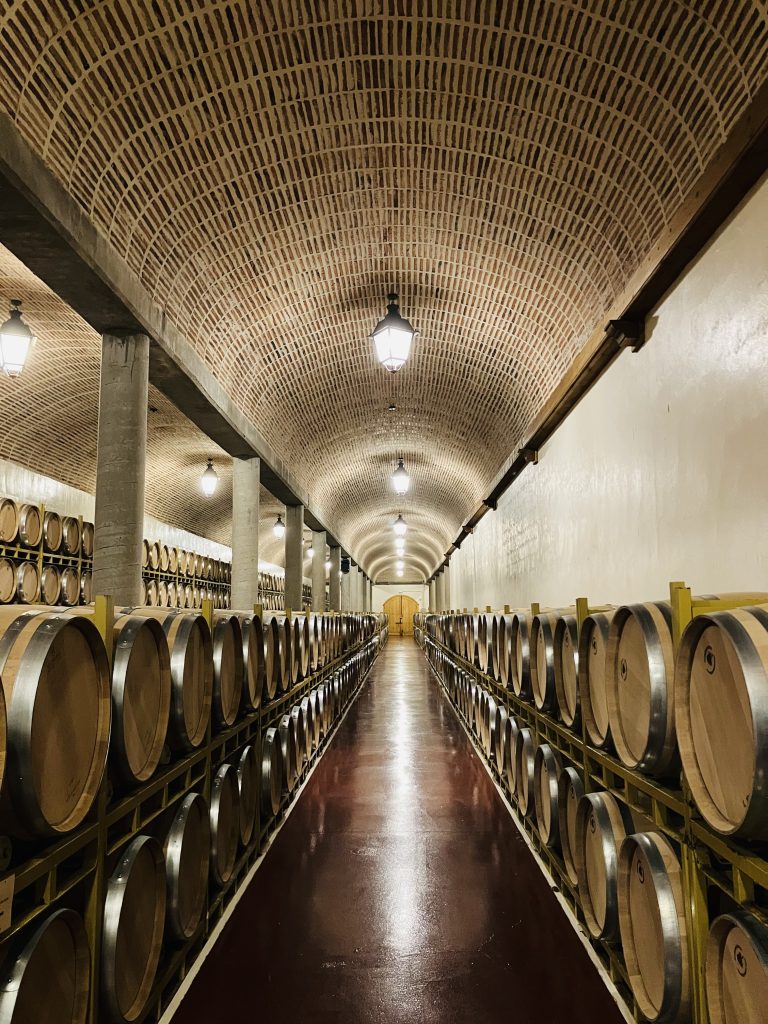
For this reason, some start-ups are experimenting with a different model, proving that it is possible to operate on a shoestring. Fernando Valenti, winemaker at Melida, one of the newest and smallest wineries in Ribera del Duero, keeps a constant eye out for small plots that he can manage and control. He currently manages seven vineyard plots spanning a total of five hectares, but he doesn’t own any of these.
The current vineyard owner used to supply grapes to a local cooperative, he explains, “and had never tasted a wine made solely from their own vineyard”.
Rather than charging extortionate rent, “they were more excited by the idea of finally getting to try a bottle of their own wine”, meaning Valenti gets a very reasonable deal. “It happens quite a lot when growers retire and their children don’t want to take on the vineyard – they look to make a little money from renting the plots,” he adds.
In a good vintage, Melida produces around 15,000–20,000 bottles. “We only produce what we can manage,” says Valenti. “And we rent all the machinery for harvest. We only own a small pump and a pressure washer; that’s it. And we buy used barrels from France.”
Renaissance of claretes
One other thing curious oenophiles may encounter when visiting Ribera del Duero (although not so much in export markets) is a renaissance of claretes wines, made from both red and white grapes planted together in the same mixed vineyard and then blended. As conveying an authentic sense of place becomes ever more important for producers, Ribera winemakers are reviving this traditional style in a bid to connect wine drinkers with the historic soul of the region.
“After phylloxera, whenever anyone went to do military service, their village would ask them to bring back sticks from wherever they went so they could be planted here,” explains Callejo. “That’s how we ended up with so many different grape varieties… Palomino Fino, Jaen [Mencía], Garnacha, etc.”
In 2019, just as the rosé boom was exploding, Callejo made the controversial decision to ditch rosé production altogether in favour of making a clarete (priced at around €20 per bottle).
“We realised that rosé doesn’t truly connect with our roots and we are really trying to show the authenticity of the area,” she explains. “Everyone told us – even our own family: ‘What are you doing? No-one will get it!’ But it makes me think that something is wrong in the message being communicated about Ribera del Duero if people don’t understand, or want to understand.”
Despite the smorgasbord of challenges that come with making wine in Ribera del Duero, perhaps Melida’s Fernando Valenti sums it up best when he explains why he wouldn’t change a thing about the location.
“Ribera has a beautiful advantage/disadvantage in that it’s a small-production area and we always sell out of everything,” he beams.
Related news
Tim Atkin MW curates sixth Ribera del Duero Selections in London
Ribera del Duero joins WOA as newest member
Ribera del Duero challenges 'out of date' perceptions in UK market




